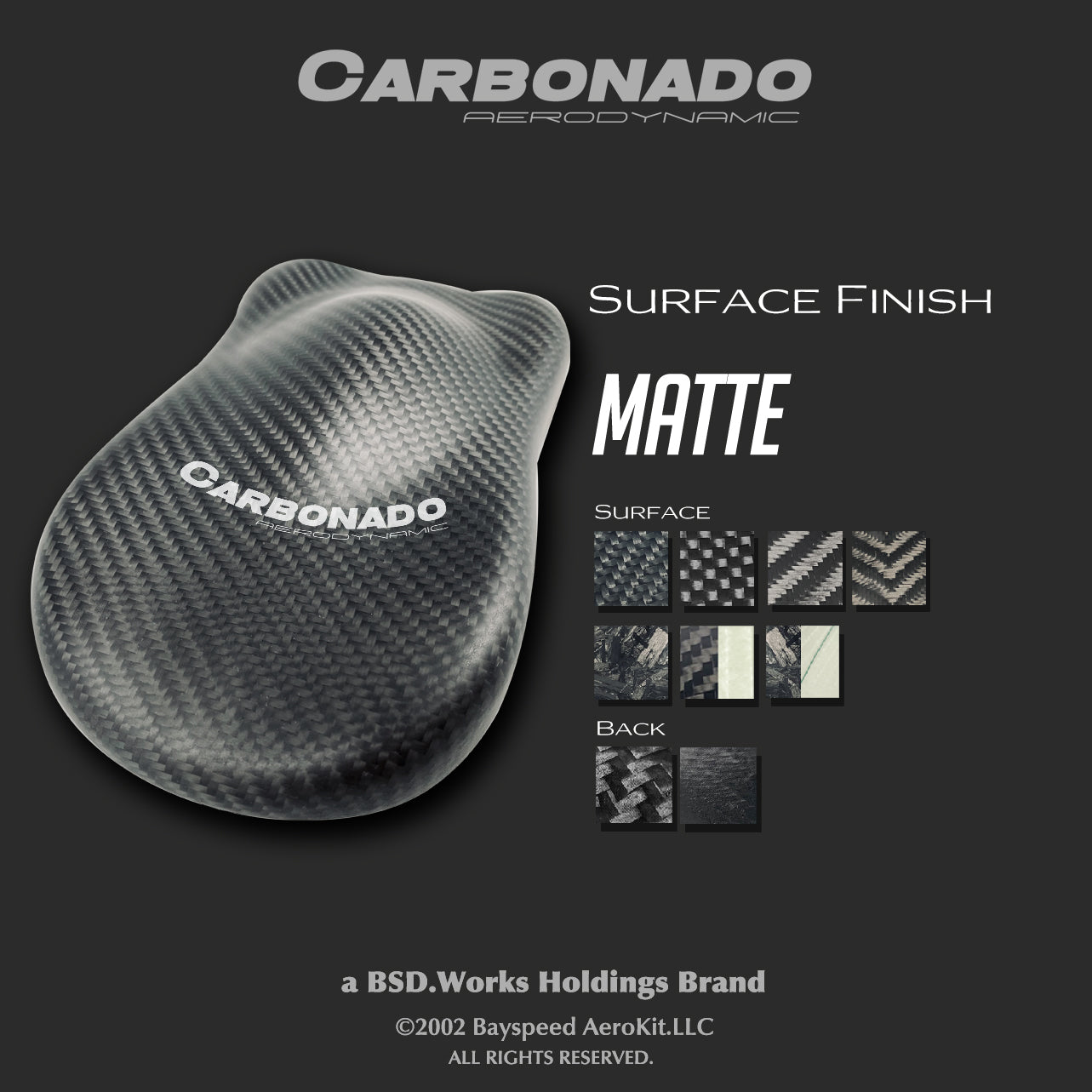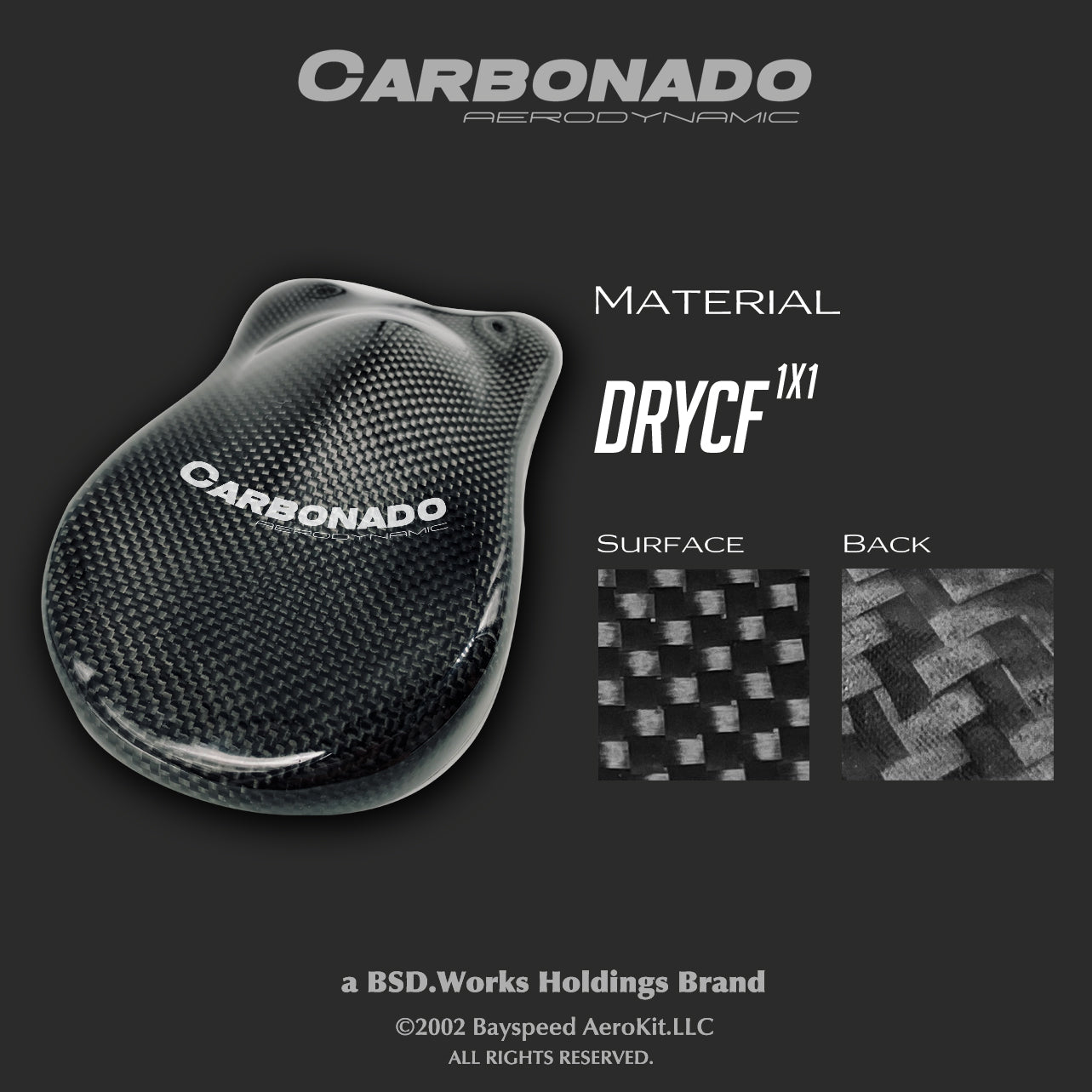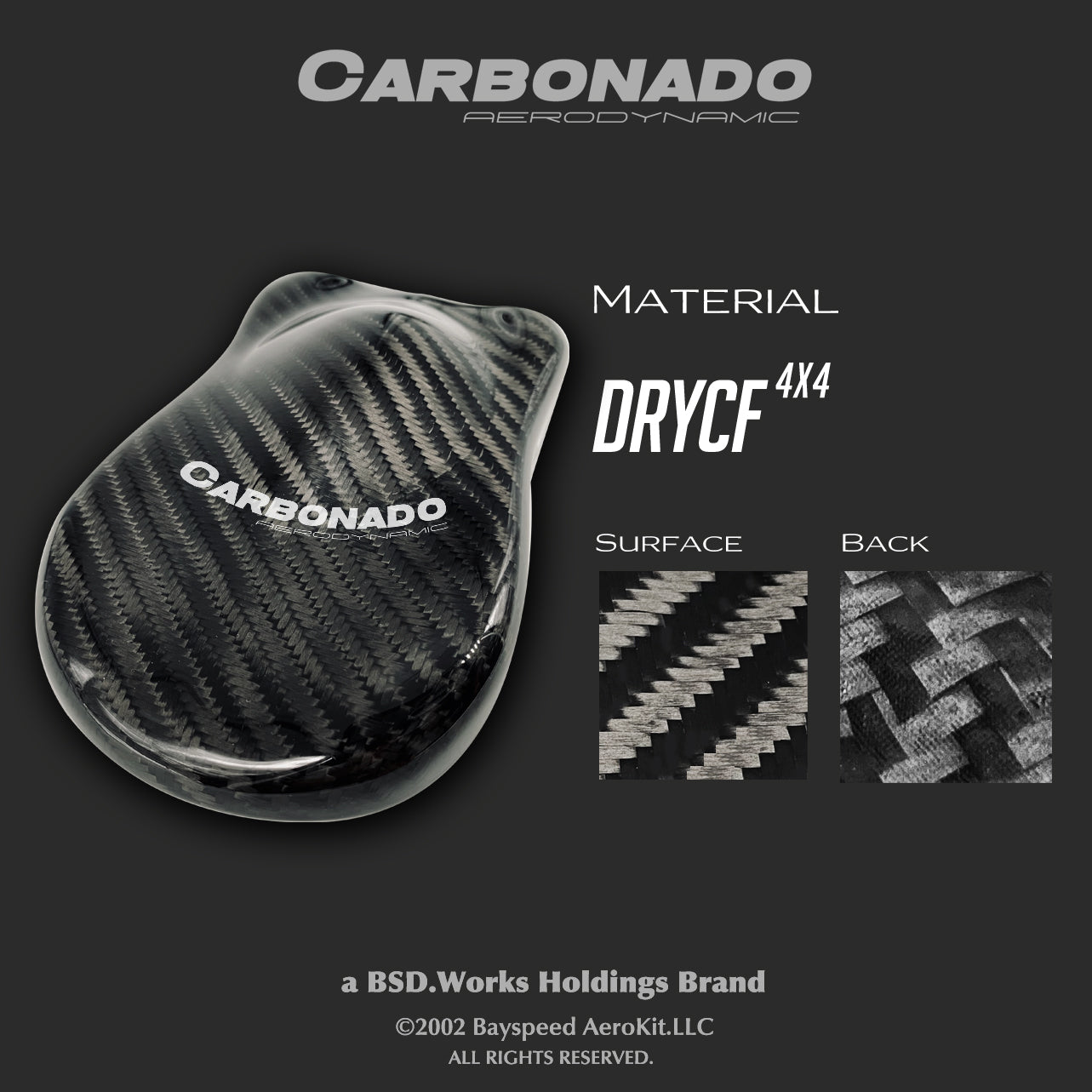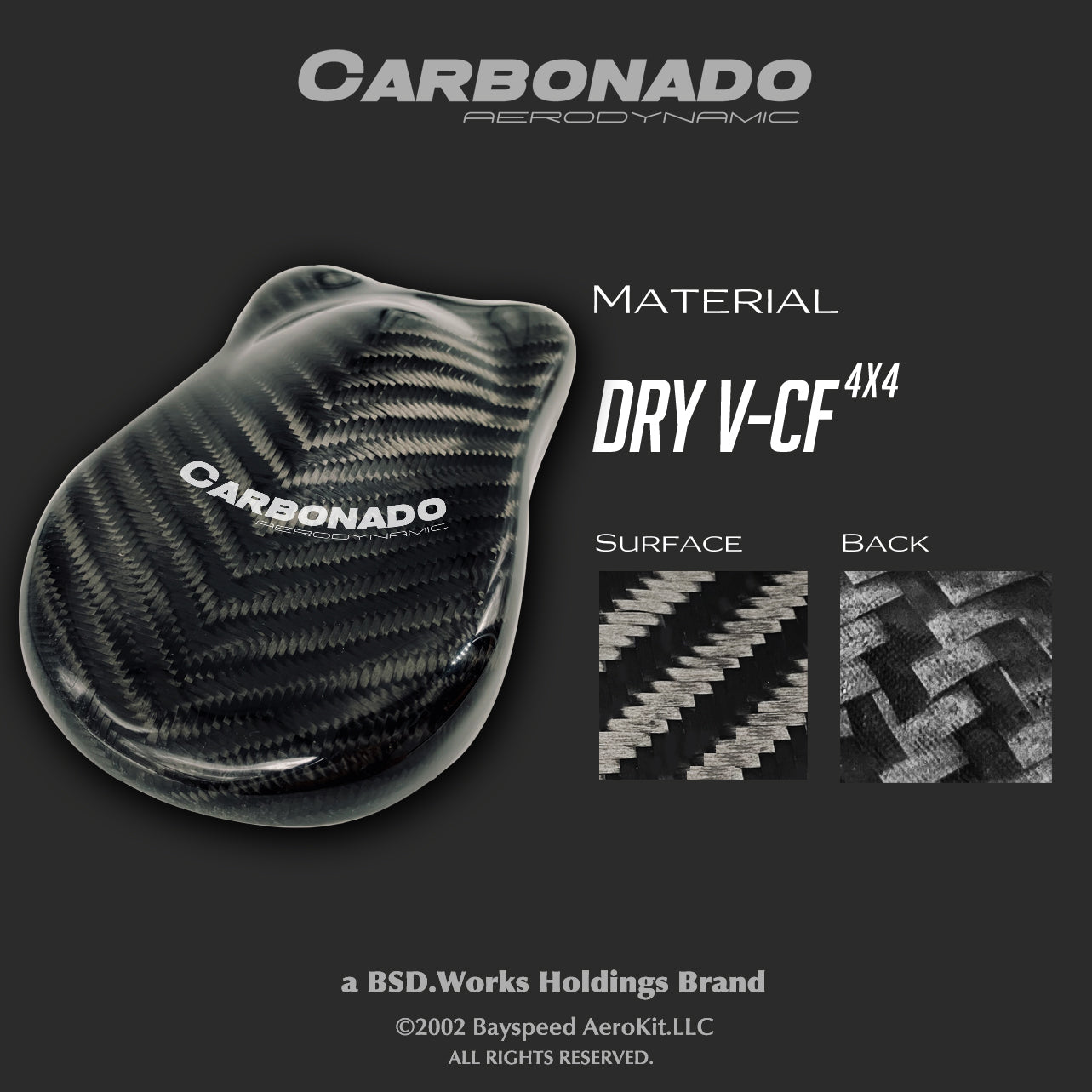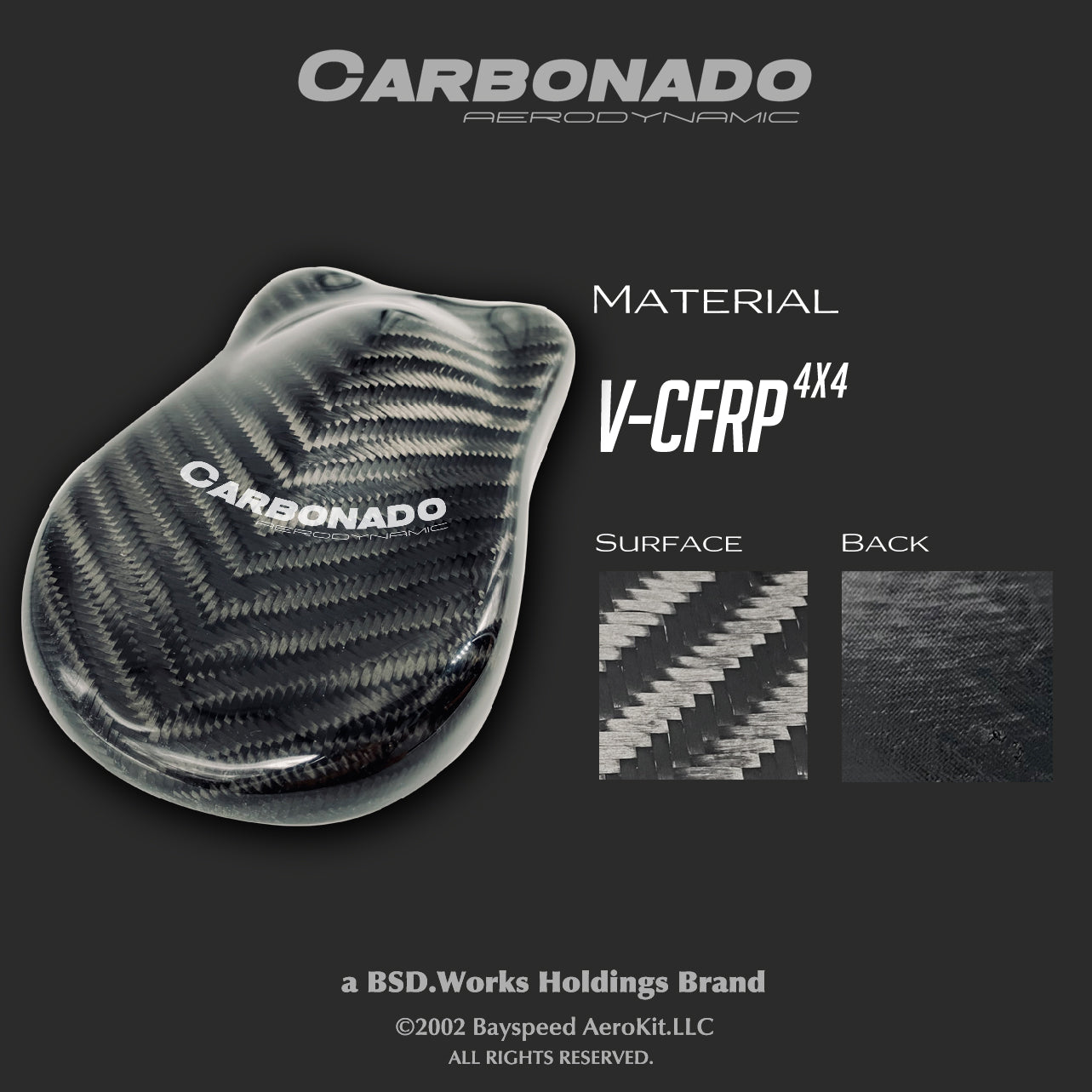Offer Our Customers Array Of Material
Carbonado Aerodynamics is happy to offer our customers a wide array of material variants tailored to customers' wants. All products are made in-house for quality assurance. Below you will find a breakdown of our most commonly made material composites that our items are offered in. Please feel free to contact us with any special requests not already listed.
All of our Carbon Fiber parts are made in 2x2 weave by default, other than items for Ferrari, which are made in 1x1 weave unless otherwise specified.

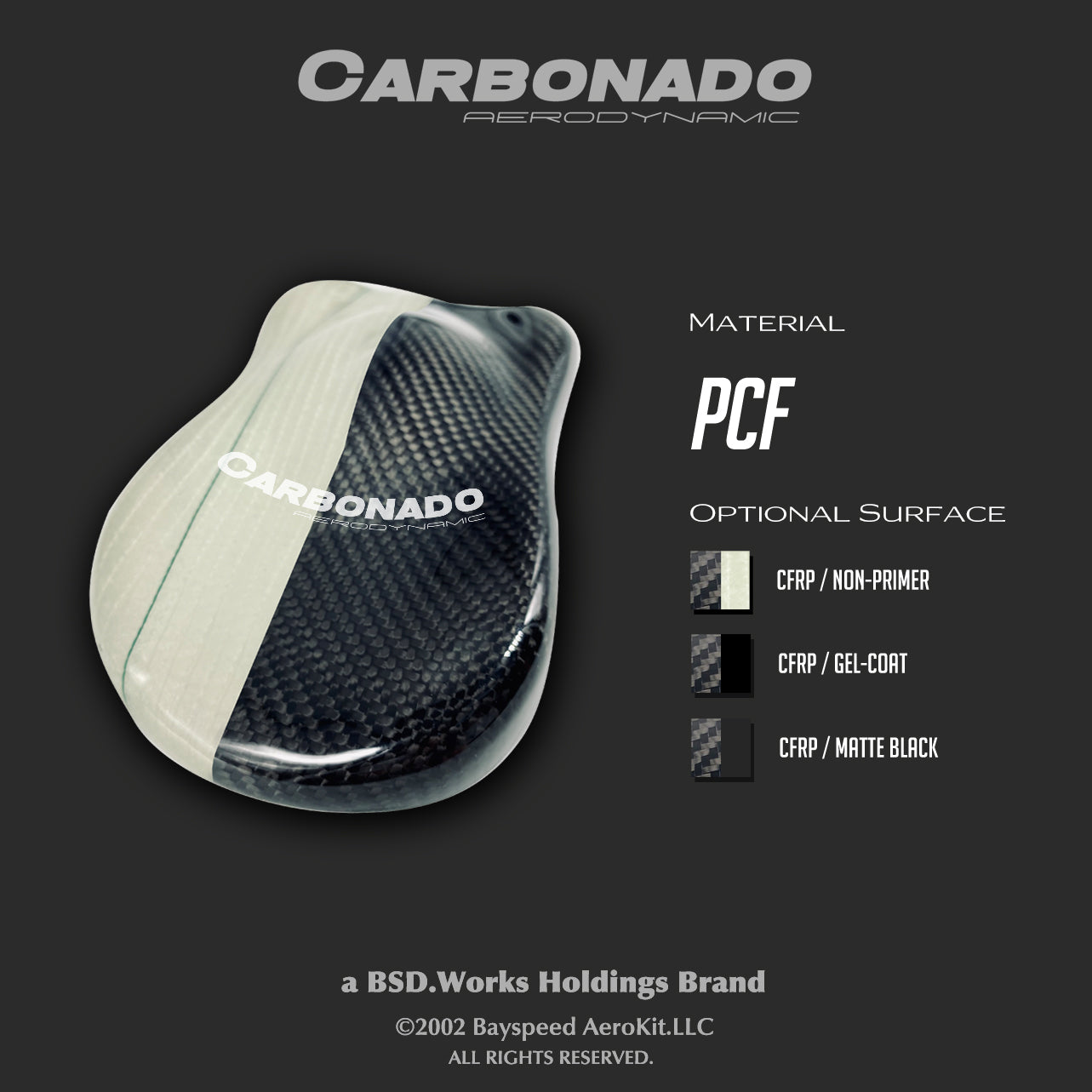
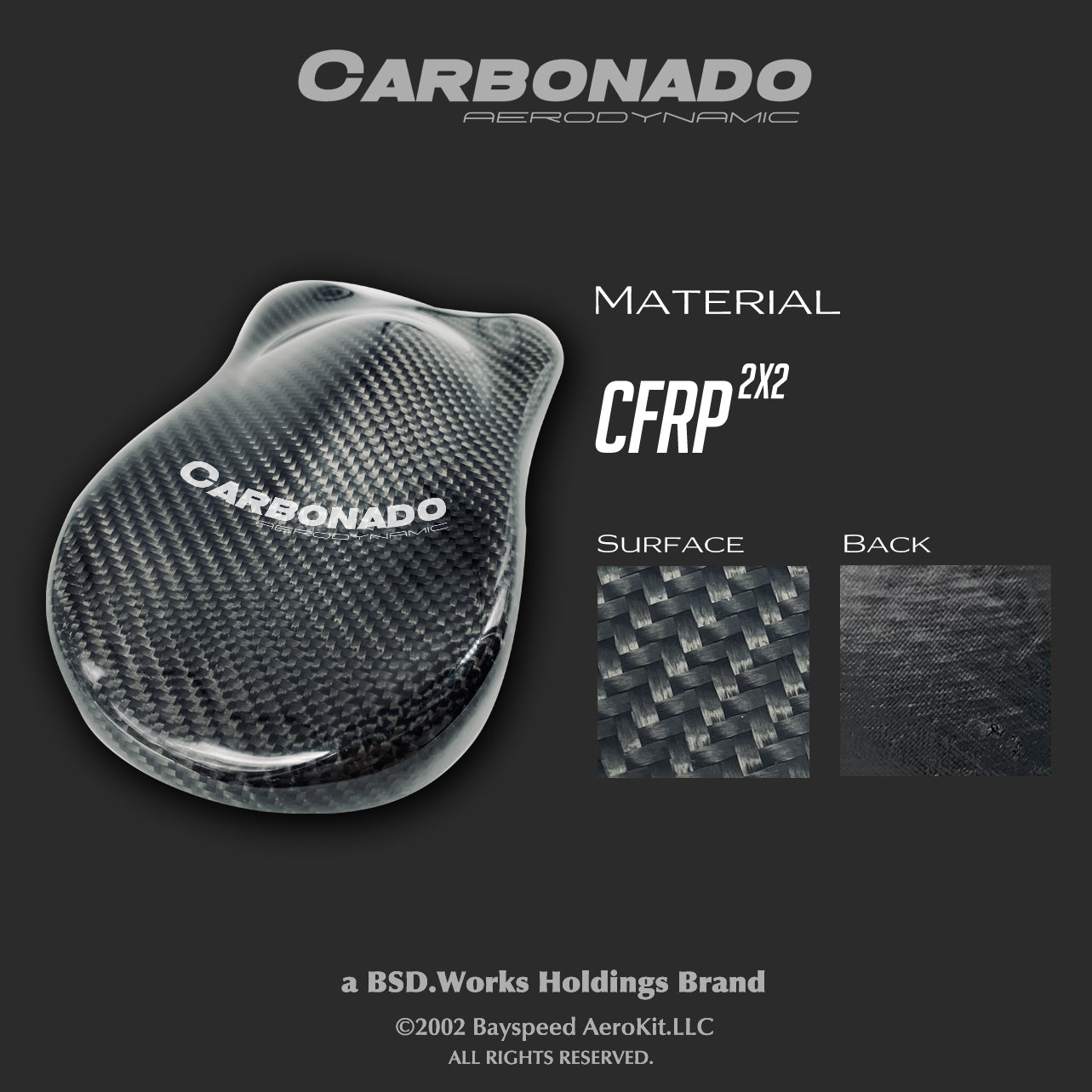
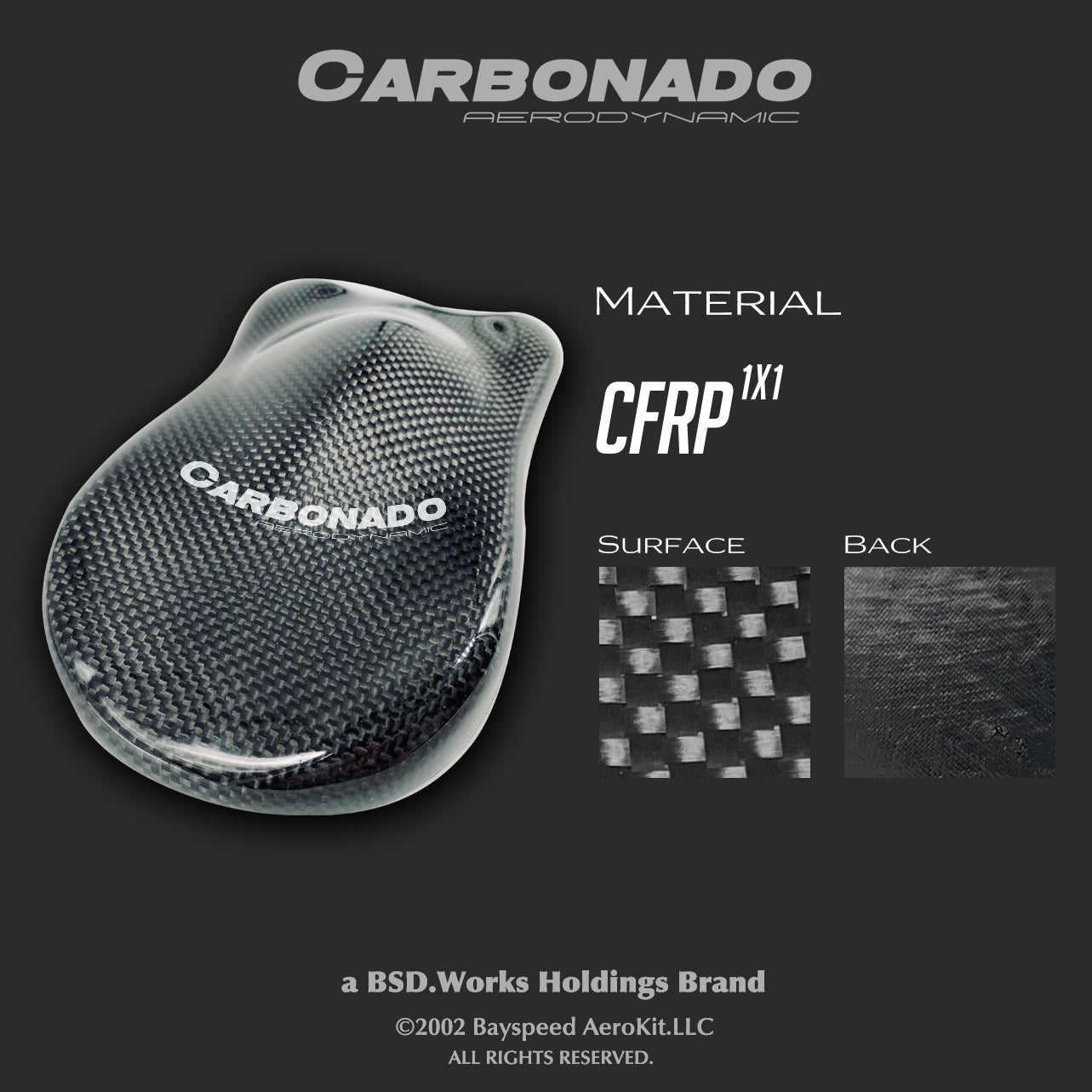
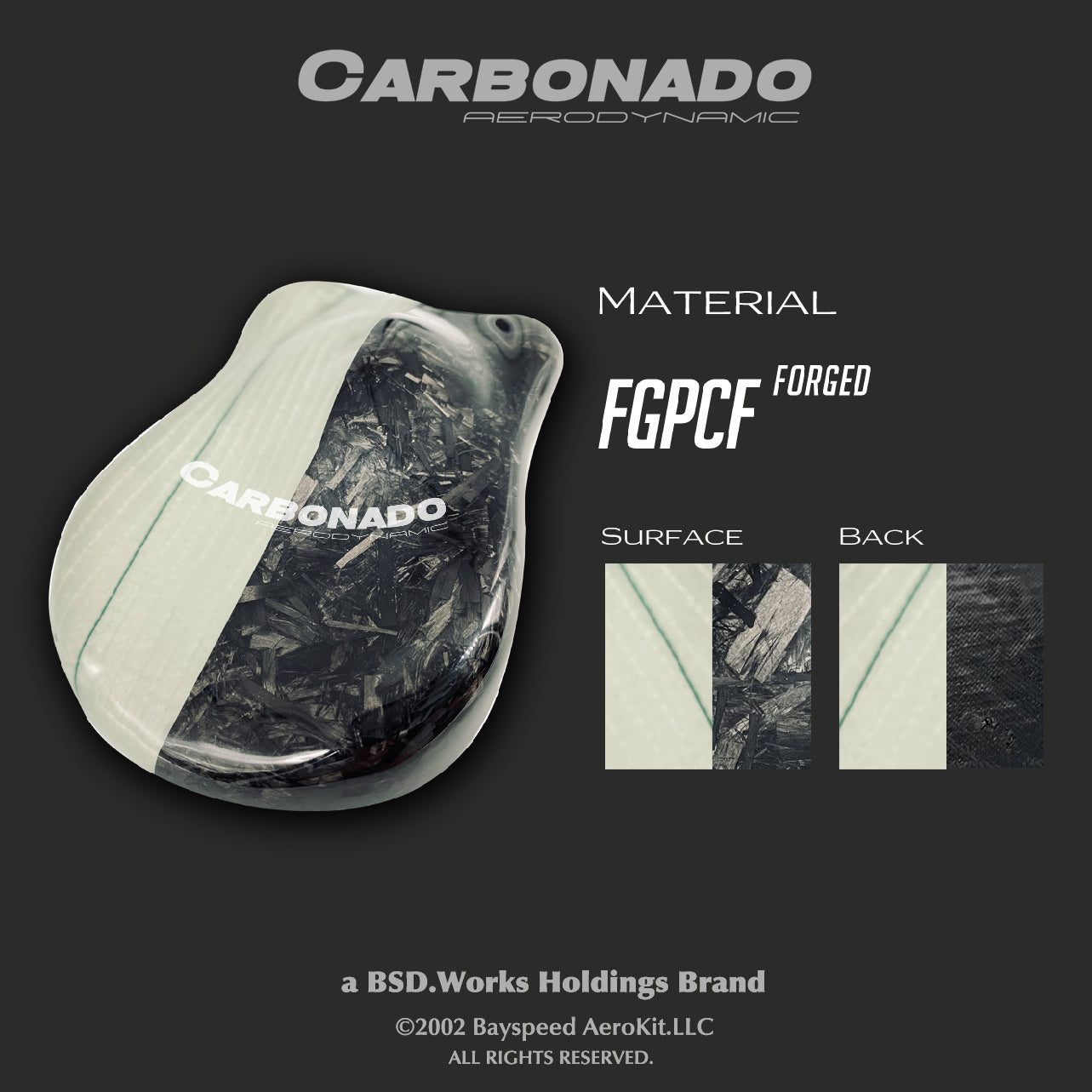
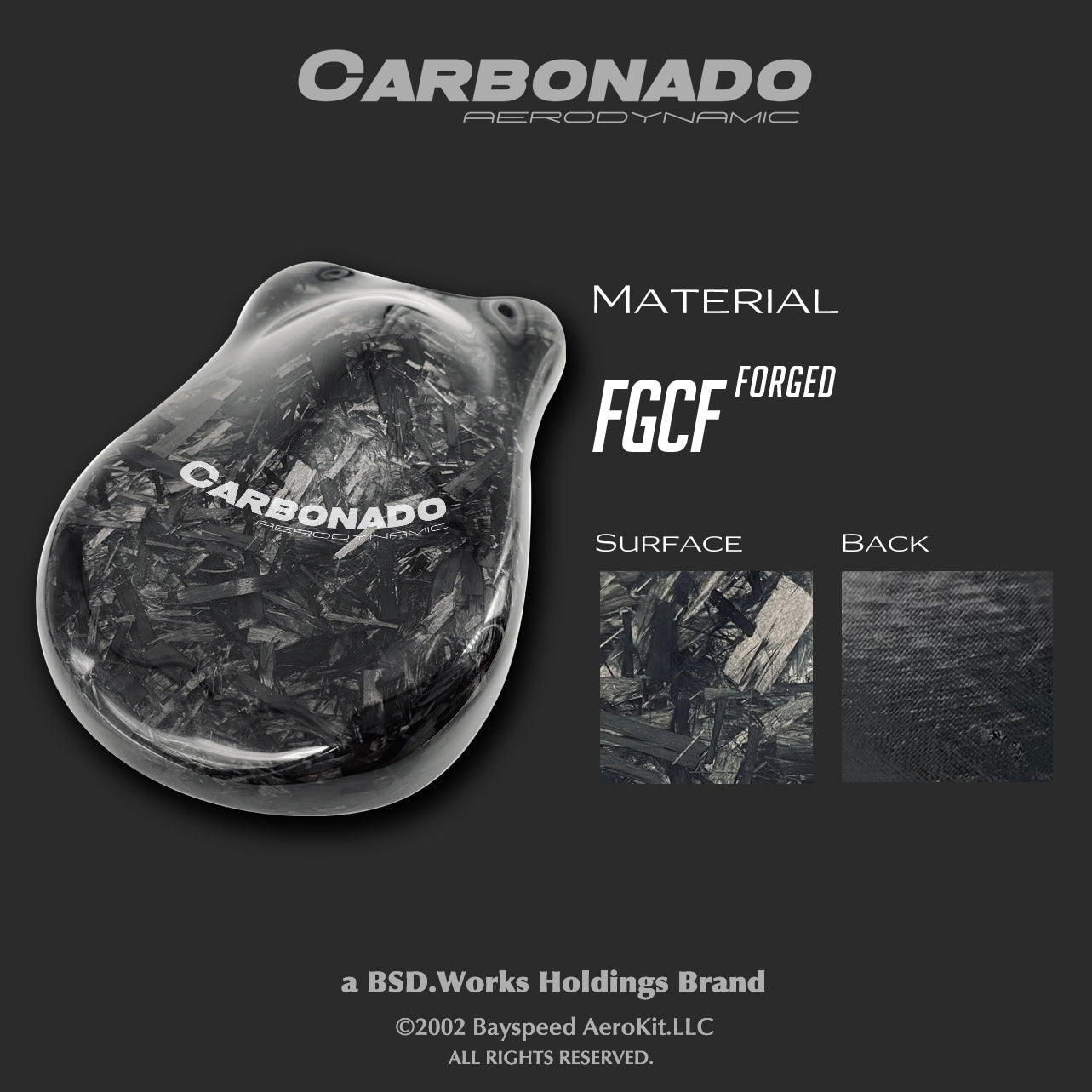
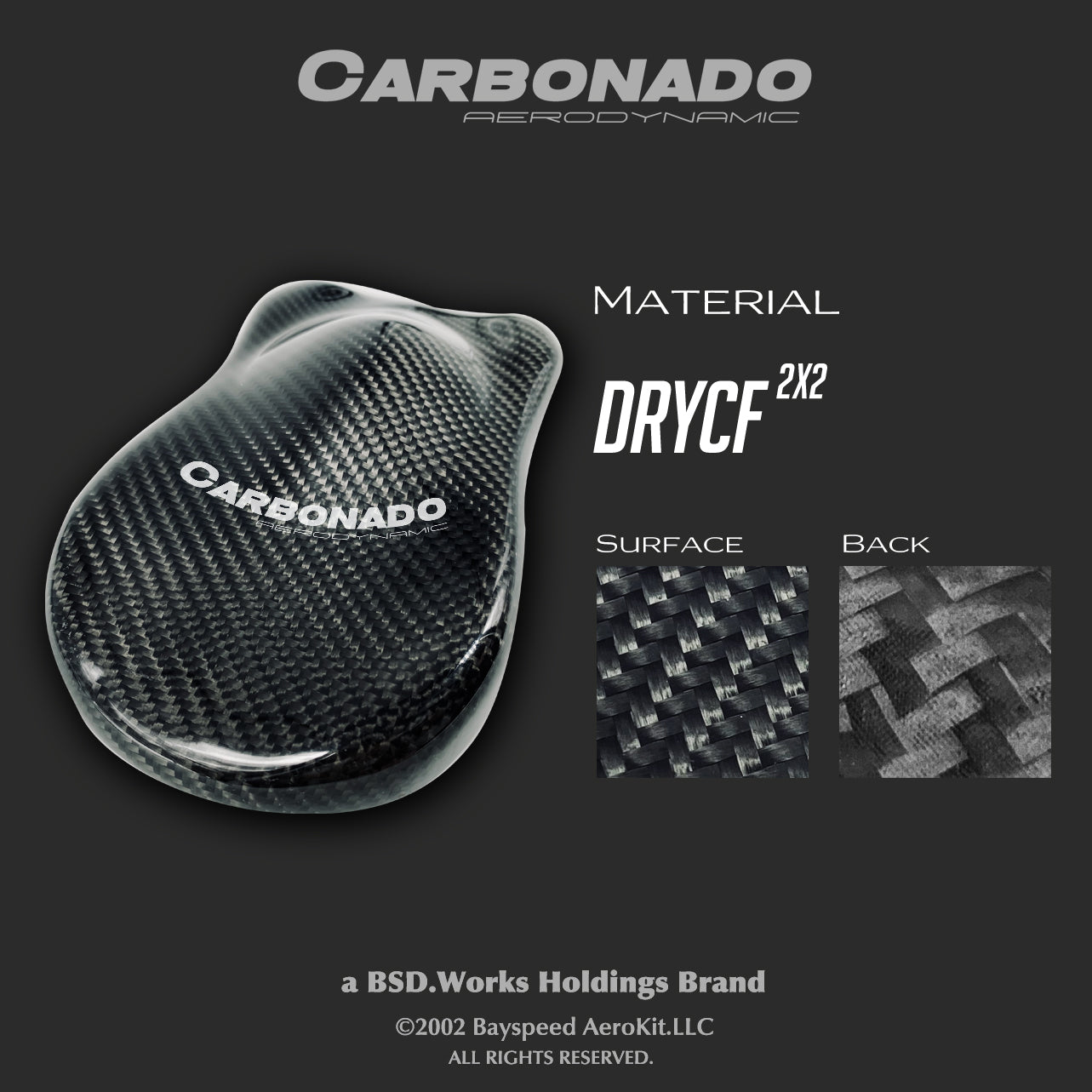
What is the difference of Polyurethane and Fiberglass?
Polyurethane, which is generally found on mass-produced, OE-manufactured parts such as bumpers, is a more flexible, elastic material that is generally more resilient than fiberglass to cracking on impact. The trade-off, however, is the inability to repair Polyurethane from cracks and damages. This is one of the primary reasons why most high-end automobile manufacturers use fiberglass composites, which are structurally more rigid but with the capability to repair almost any amount of damage incurred to them.
Are there different types of Carbon Fiber?
Yes, when most people refer to carbon fiber, they generally are referring to the notion that all carbon fiber is lightweight and extremely resilient to cracking on impact. However, this is not automatically true for all products made in most industries. A more focused breakdown would be between carbon fiber reinforced polymer (CFRP) and autoclave carbon composites (DRYCF). The most common "carbon fiber" found is CFRP, which is composed of a fiberglass base and baked to achieve a carbon fiber reinforced polymer. Most of the more commonly purchased items within the industry are CFRP variants. DRYCF autoclave carbon fiber is generally found on high-end automobile monocoques for the benefits of having a higher strength-to-weight ratio and durability. This, however, generally increases price points dramatically and generally will not be utilized entirely for every "carbon fiber" aspect of the car. Albeit the traits of both are quite different, they are both visually the same for CFRP and DRYCF, which is dependent solely on the cloth used in the manufacturing process and weight variants achieved mostly through the type of resin used and amount required to complete the manufacturing process (such as having too much resin on a 5-layer carbon fiber product necessary to complete the bake, which, in turn, adds extra weight).
Commonly Sold Material Variants
All of our Carbon Fiber parts are made in 2x2 weave by default, other than items for Ferrari, which are made in 1x1 weave unless otherwise specified.
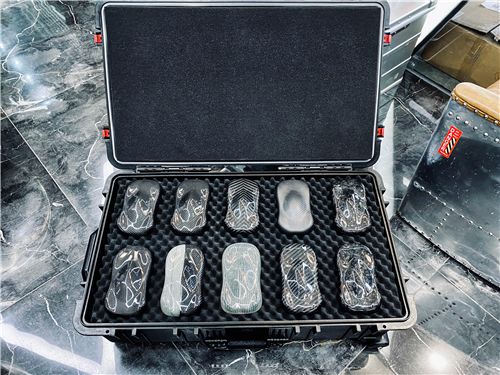
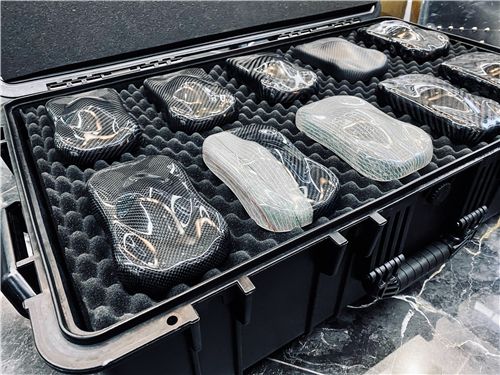
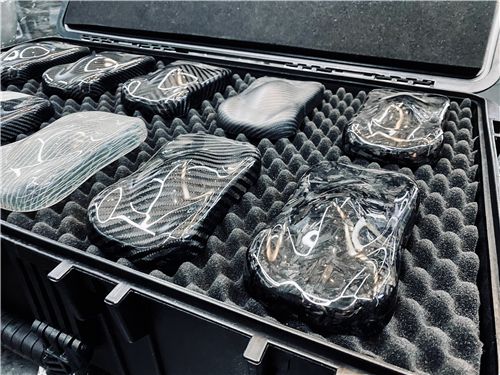
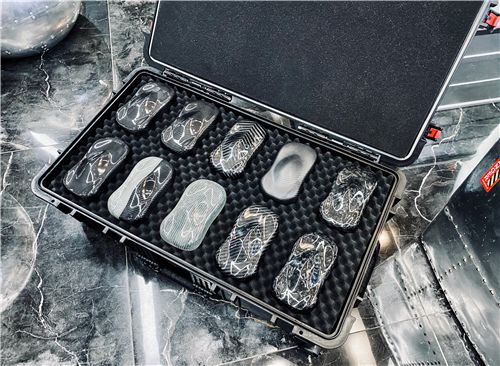
Custom Carbon Variants Not Listed On Our Website
Below we have some examples of our custom carbon variants not listed on our website, please contact us if you are interested in any specifications not already listed.
